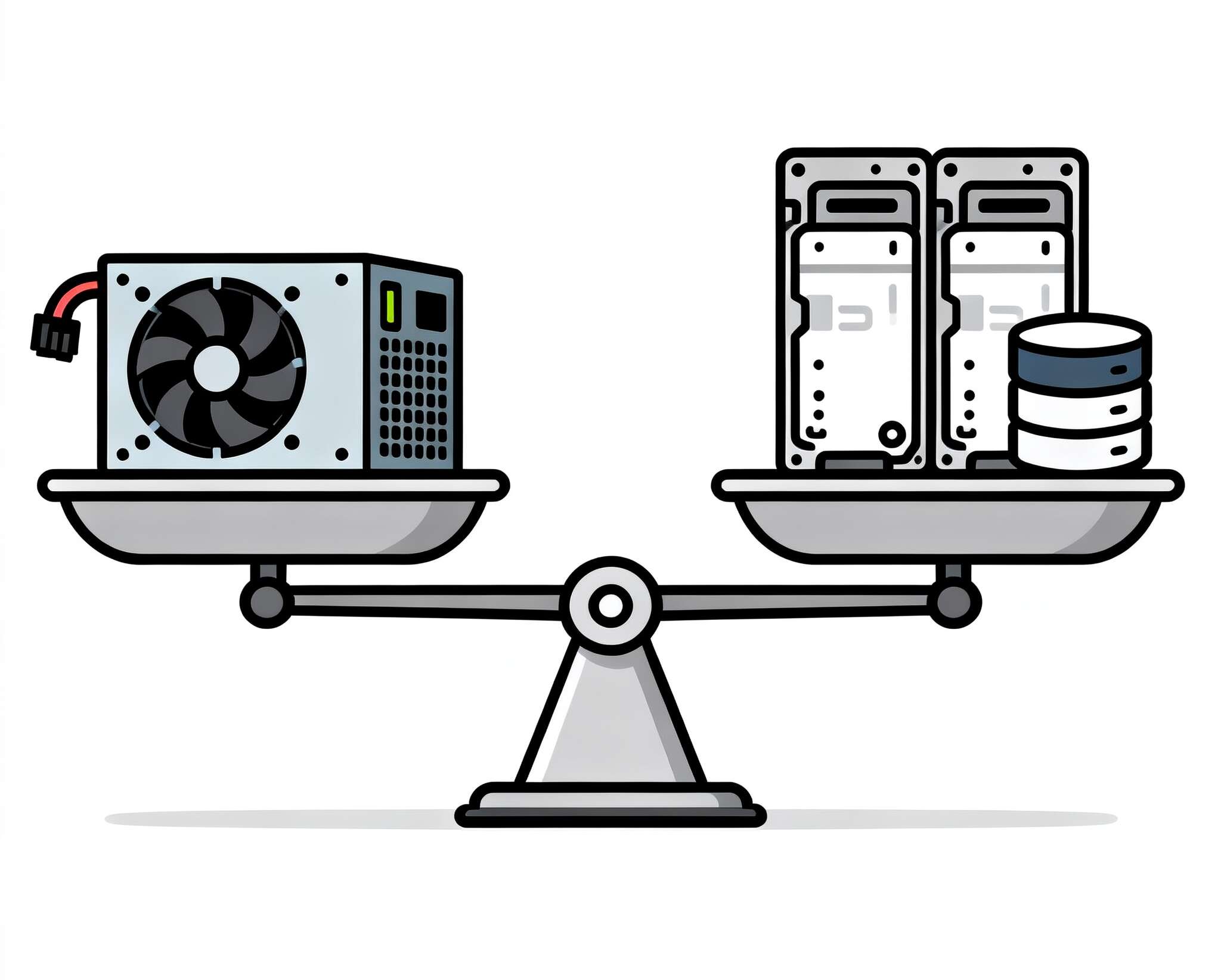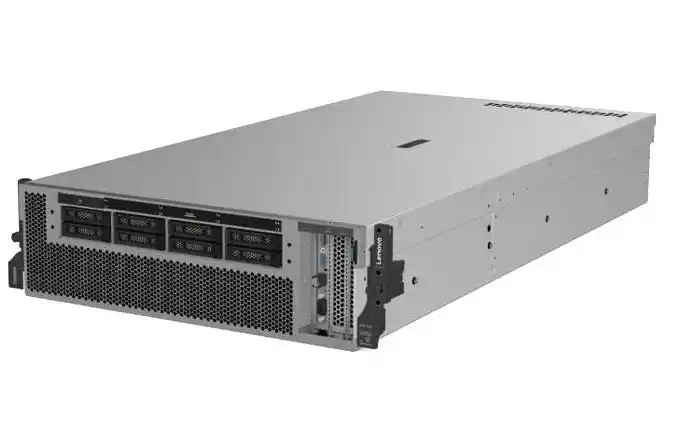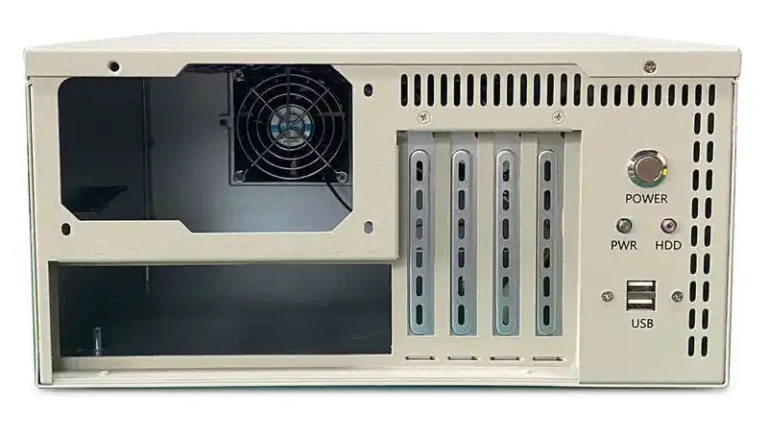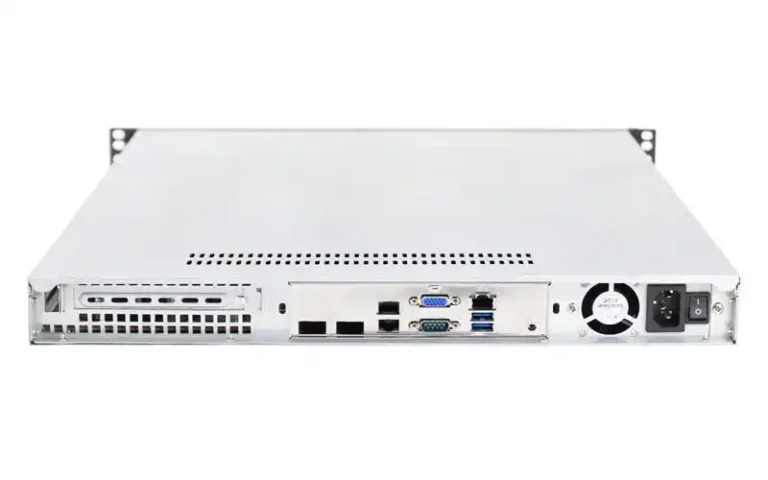You want two drives in a tiny box and you don’t want heat, noise, or cable mess. Totally doable. Let’s keep the language plain, the tips practical, and the choices grounded in real parts. We’ll map the ideas to IStoneCase models and add a simple table so you can plan fast and deploy faster.
SFX vs SFX-L PSU length in ITX cases (why “short” saves bays)
In small enclosures, power length and cable slack decide everything. Shorter PSUs—or skipping the internal PSU with external 12 V—free the space you need for two bays and clean airflow. When you must keep an internal unit, go compact and shorten the leads. Less cable = less strain on SATA right-angle plugs and fewer hot spots. This one choice often unlocks the second drive without weird bracket hacks or fan collisions.
Dual 2.5-inch vs 3.5-inch in compact builds (noise, heat, fit)
Two 2.5-inch drives fit easier, run cooler, and don’t rattle like a single 3.5-inch. If bulk capacity matters, a 3.5-inch still makes sense—just give it a clear intake and rubber isolation. For home labs, edge nodes, kiosks, and quiet NAS, I’d lean 2×2.5″. Your thermals—and ears—stay happy.
Mini ITX Case S25 (ISC-ITXS25-M) — dual-drive setups with FLEX PSU
Mini ITX Case S25 gives you two 2.5″ or one 3.5″ in a compact aluminum shell, plus a FLEX PSU and an 80 mm fan. That combo leaves room around the storage area and keeps cable runs short. Two low-profile expansion slots help if you need a LP NIC or HBA for mirroring. Pro tip: pre-measure SATA harness length so it doesn’t loop into the fan path.
- Best for: compact NAS, retail POS, small edge compute.
- Pain point solved: SATA angle stress and cable bulge near the side panel. Keep the PSU leads trimmed and zip-tied—job done.
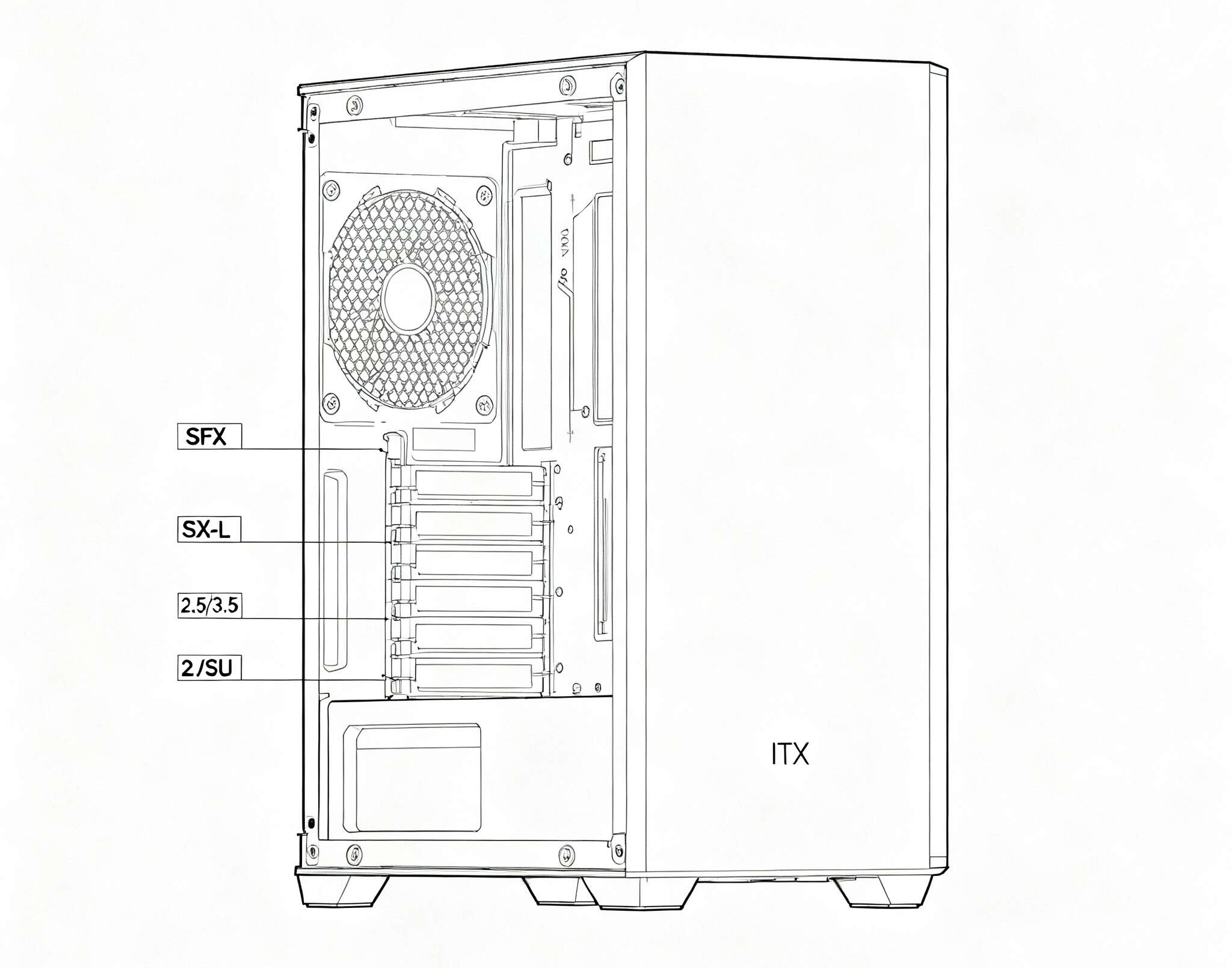
Mini ITX Case S21 (ISC-ITXS21-M) — 1×3.5″ or 2×2.5″ with FLEX PSU
Mini ITX Case S21 keeps it simple: one 3.5″ or two 2.5″, aluminum panels, FLEX PSU, and an 80 mm fan. If your workflow wants one big drive for cold data and an optional cache, S21 is a tidy fit.
- Best for: branch backup nodes, PoE camera NVR, office “set-and-forget” server.
- Pain point solved: predictable airflow. Use the 80 mm as intake, route cables under the bay rail, and you won’t starve the drive.
Mini ITX Case S23 (ISC-ITXS23-M) — dual 2.5″ with 12 V external power
Mini ITX Case S23 ditches the internal PSU. You get dual 2.5″, 12 V external power, and an ultra-slim footprint. No stock fan, so pair it with low-TDP CPUs and efficient SSDs. Cable managment (yes, I typo’d) matters here: keep the DC barrel lead secured so it doesn’t rub the panel.
- Best for: silent desktop NAS, signage player, thin client with local cache.
- Pain point solved: heat buildup around a chunky PSU. There isn’t one—so airflow stays unblocked.
Mini ITX Case S24 (ISC-ITXS24-M) — dual 2.5″, SGCC steel, 12 V external
Mini ITX Case S24 mirrors S23’s layout—dual 2.5″ with 12 V external power—but uses SGCC steel for a tougher shell. If you ship kits to field sites, this extra rigidity pays off.
- Best for: field gateways, test runners, developer kits in tight spaces.
- Pain point solved: chassis flex during transport. SGCC handles the knocks better.
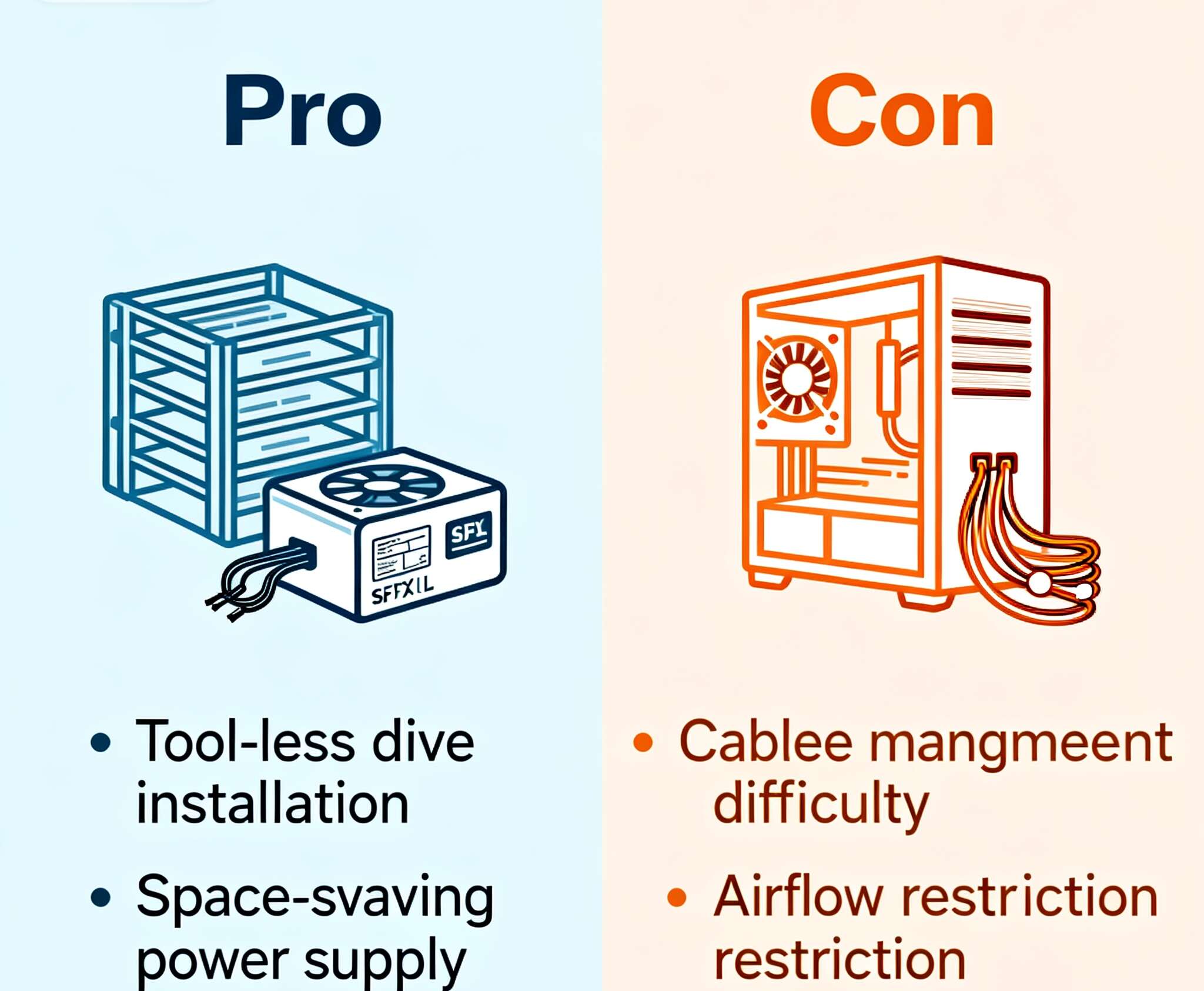
ITX drive-bay & PSU planning table (quick reference)
| Model | Drive options | PSU path | Cooling path | Likely use | Notes |
|---|---|---|---|---|---|
| S25 (ISC-ITXS25-M) | 2×2.5″ or 1×3.5″ | FLEX (internal) | 80 mm intake | Compact NAS / edge | Two LP slots; easy cable slack control |
| S21 (ISC-ITXS21-M) | 1×3.5″ or 2×2.5″ | FLEX (internal) | 80 mm intake | NVR / office backup | Strong pick for single large HDD |
| S23 (ISC-ITXS23-M) | 2×2.5″ | 12 V external | Passive / board fans | Silent desktop / signage | Ultra-slim; watch DC lead routing |
| S24 (ISC-ITXS24-M) | 2×2.5″ | 12 V external | Passive / board fans | Field deploy / dev kit | SGCC shell; robust mounting |
Need the whole line at a glance? See the category page: ITX Case.
OEM/ODM Customization Server Chassis Service (front I/O, bays, brackets)
Bulk rollouts usually hit the same roadblocks: front USB-C requests, LED changes, unique bay maps, odd rails, or special faceplates. With Customization Server Chassis Service, IStoneCase can adjust materials (aluminum vs SGCC), brackets, and I/O to match your BOM and brand. That means stable SKUs, predictable installs, and fewer emails like “why this bay uses weird screws?”. From consult → prototype → batch—it’s all one lane.
From ITX to rack: server rack pc case, server pc case, computer case server, atx server case
Your tiny node today might live beside bigger iron tomorrow. Plan forward:
- If the next step is a server rack pc case or server pc case, keep airflow directions and bay maps consistent across sites. That makes field swaps painless. For transition advice, the ITX Case page helps you shortlist parts that mirror rack airflow habits.
- Need a computer case server with more front-service bays? Standardize on quick-pull sleds and label the backplane early. If you end up moving to an atx server case, keep the OS image and kickstart identical so only the metal changes, not your software stack.
- When PCIe lanes or GPU work shows up, call it early. It’s easier to reserve chassis volume now than to retrofit cooling later. If you aren’t sure, loop ODM in through Customization Server Chassis Service and lock the future-proof variant.
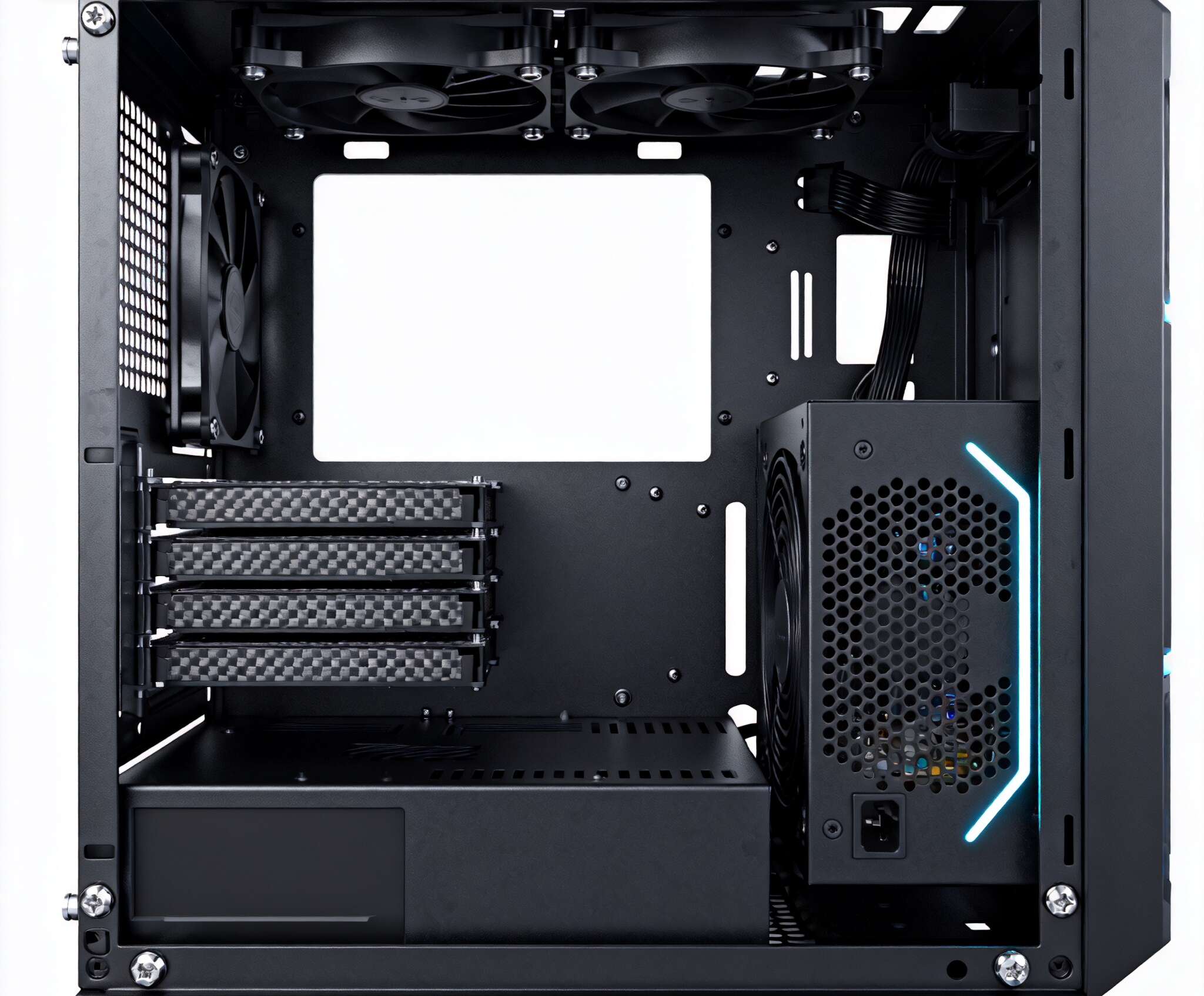
Practical scenarios (short, real, and shippable)
- Quiet home-lab mirror: S23 or S24, dual 2.5″ in RAID1. External 12 V, low-TDP CPU, slim cooler. If temps creep, add a tiny blower near the VRM. It’s quiet, promise.
- Edge analytics box: S25 with two 2.5″ (mirror) and a low-profile dual-port NIC. Use the 80 mm as intake, keep dust filters easy to swap. Don’t coil spare cable in front of the fan—chokes flow, hurts MTBF.
- Office backup node: S21 with one 3.5″ bulk drive and an optional 2.5″ cache. FLEX PSU means easy spares; color-code SATA so on-site techs can trace failures fast.
Build notes that actually reduce tickets
- Lock bays first, PSU second. If you need two drives, commit to that before picking the power path. It prevents last-minute bracket gymnastics.
- Right-angle everything. SATA and power at 90° prevent side-panel fights. Don’t crush the bend; performance and life both suffer.
- Protect the acoustic budget. 3.5″ needs vibration pads and direct intake. Two 2.5″ usually run cooler and quieter—less chasing rattles.
- Low-profile add-ins. LP NIC/HBA avoids stealing airflow from storage. Tiny detail, big win.
- Label and log. Tag cables and bays per box. Future-you (or your field partner) will thank you later, for real.
Where IStoneCase fits in your roadmap
IStoneCase focuses on high-quality cases and OEM/ODM across ITX, NAS, rackmount, wallmount, and GPU-ready systems. That covers data centers, algorithm labs, enterprises, MSPs, and makers. If your team buys in batches or needs custom faceplates, rails, or storage maps, bring us in early. We’ll align on performance, durability, and brand, then keep the SKUs steady as you scale.
Explore the lineup and model pages here:

